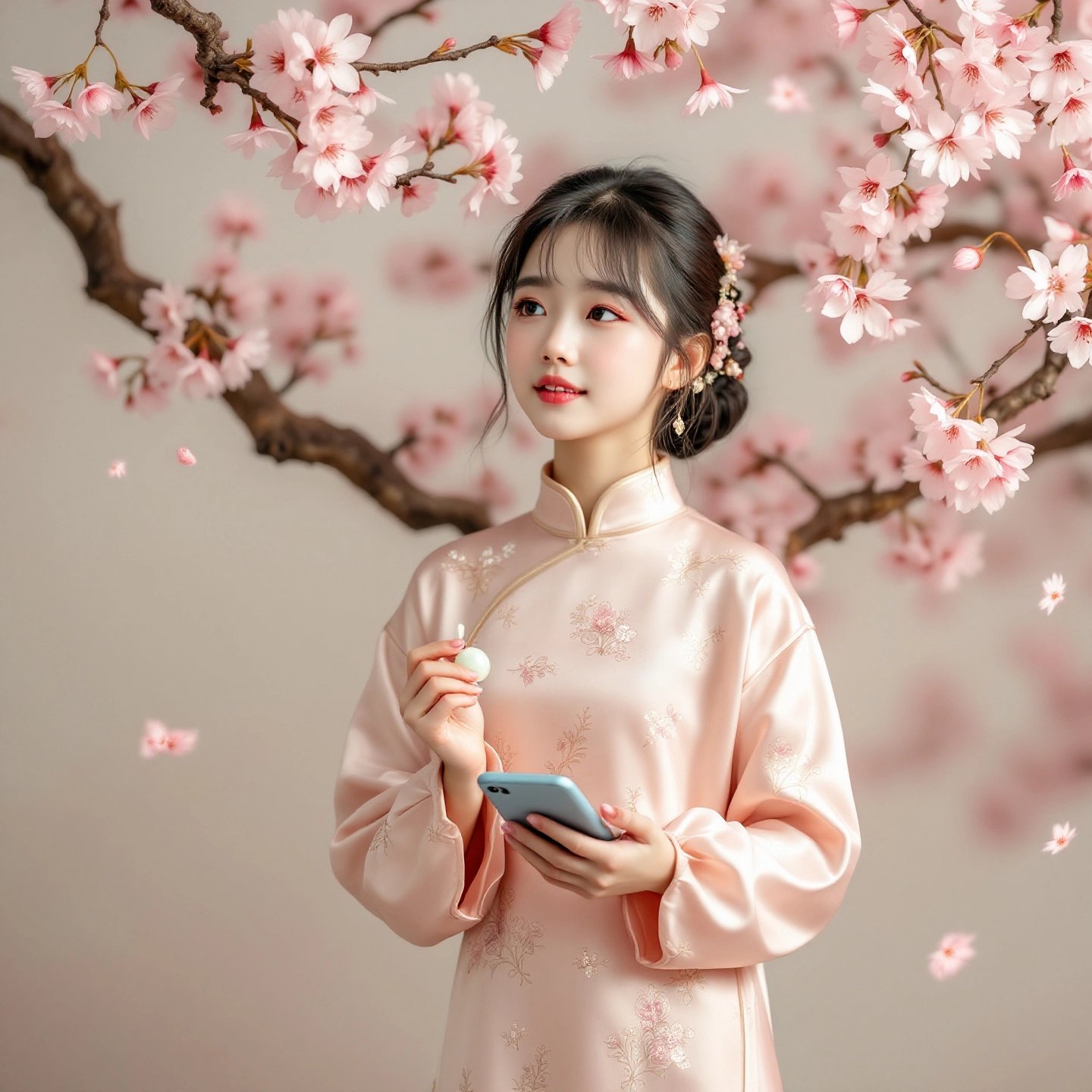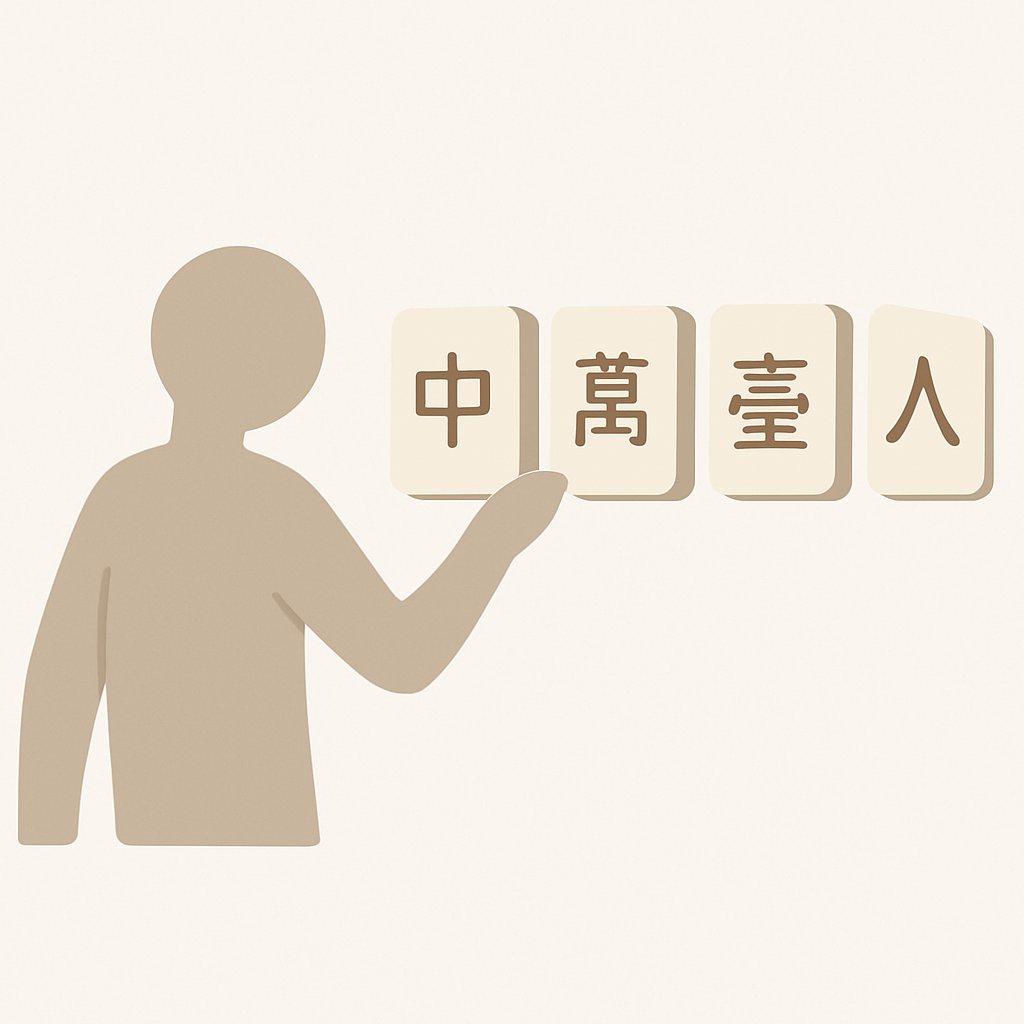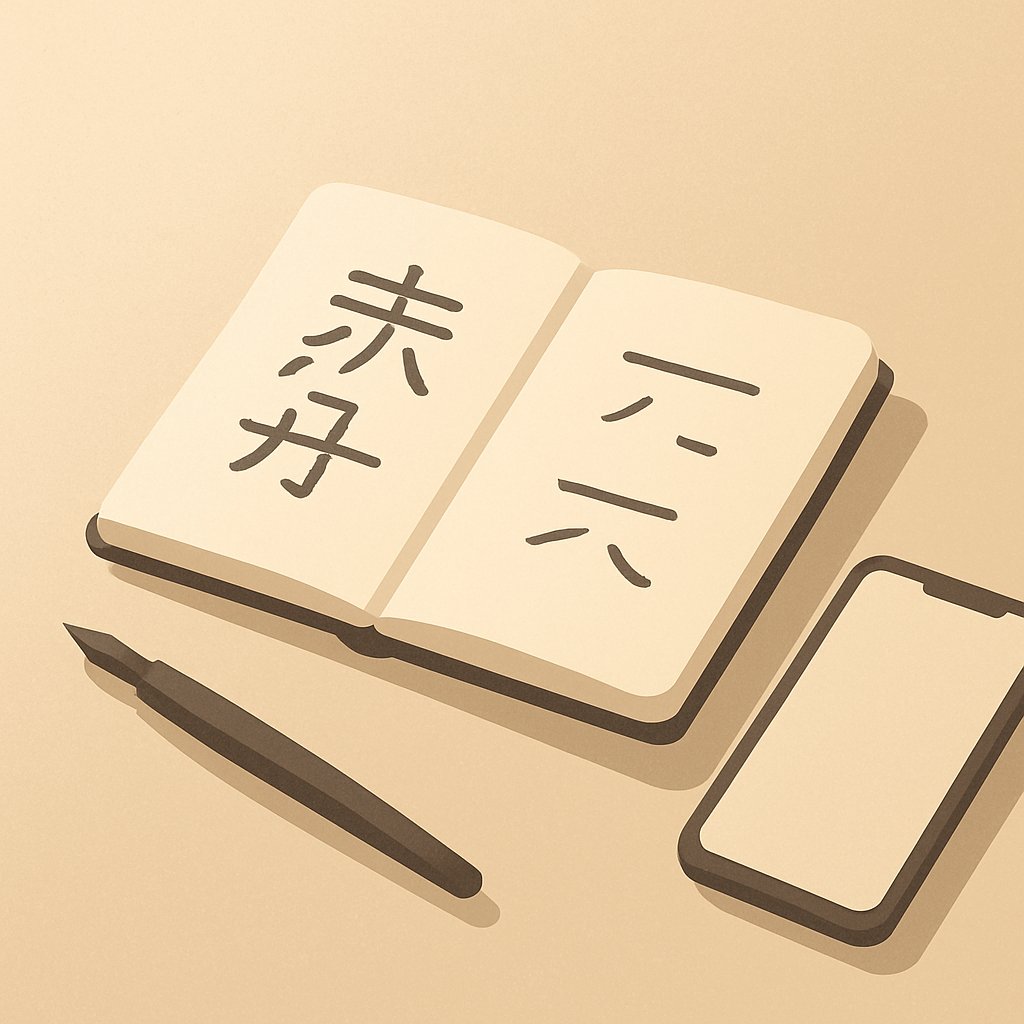Introduction to Common Chinese Girl Names
What makes a Chinese girl's name both timeless and meaningful? In China, names are more than identifiers—they’re vessels of cultural heritage, parental hopes, and poetic symbolism. Traditional Chinese girl names often draw from nature, virtues, and aesthetic ideals, creating a bridge between generations while retaining modern relevance.
Recurring Themes in Chinese Female Names
Three themes dominate common Chinese female names:
- Beauty: Names like Mei (美, MAY) meaning "beautiful" or Li (丽, LEE) meaning "pretty"
- Elegance: Choices such as Yan (妍, YEN) for "graceful" or Xiu (秀, SHO) meaning "elegant"
- Nature: Symbols like Hua (花, HWA) for "flower" or Xue (雪, SHWEH) meaning "snow"
Timeless Names With Cultural Depth
These names endure because they encapsulate universal values. For example:
| Name (Pinyin) | Character | Meaning |
|---|---|---|
| Jing | 静 | Calmness |
| Ying | 英 | Heroic |
| Fang | 芳 | Fragrant |
Parents often choose names like Ling (玲, LING) meaning "jade sound" to honor China’s historical reverence for jade—a stone symbolizing purity and wisdom. Similarly, Min (敏, MIN), meaning "clever," reflects Confucian ideals of intellectual cultivation.
While rooted in tradition, these names adapt seamlessly to modern contexts. Ai (爱, EYE), meaning "love," has gained global appeal through its phonetic simplicity and universal message. As you’ll discover in our historical analysis, this balance of cultural depth and adaptability keeps traditional Chinese girl names perpetually relevant.
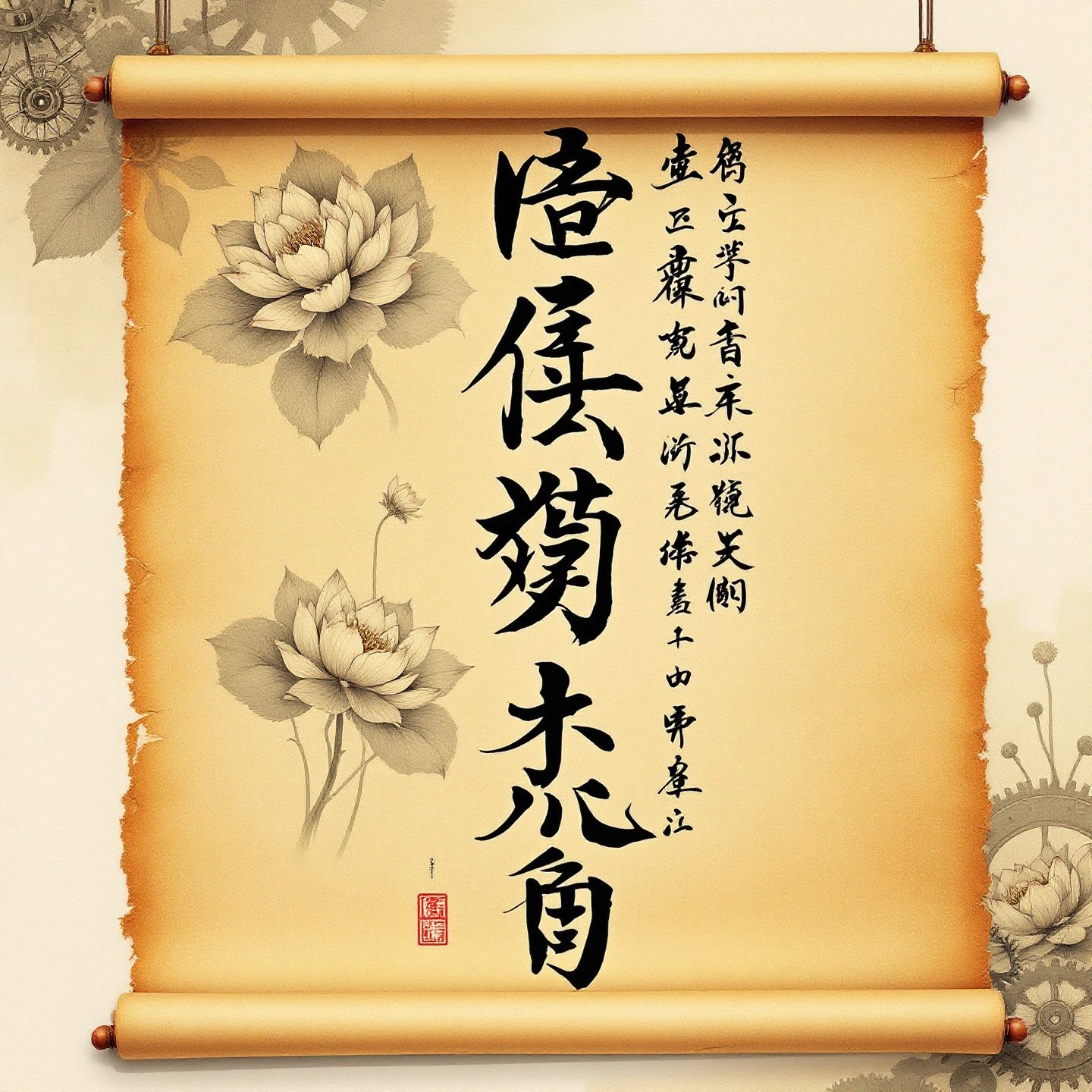
Historical Evolution of Chinese Female Names
How have Chinese girl names transformed across dynasties and political eras? From classical poetry to modern pop culture, naming practices reveal how societal values shape identity. Let’s explore three pivotal phases in this journey.
Classical Foundations: Poetry and Virtue
For over 2,000 years, Chinese names drew inspiration from Confucian ideals and literary classics. During the Han (206 BCE–220 CE) and Tang (618–907 CE) dynasties, parents favored characters like:
- 淑 (Shū) – "Virtuous," from The Book of Songs
- 慧 (Huì) – "Wise," praised in Confucian texts
- 玉 (Yù) – "Jade," symbolizing purity in Daoist philosophy
These choices reflected a focus on moral character over aesthetics, as noted in historical analyses. Names often included generational markers (辈分字) to maintain family continuity—a practice still observed in some regions today.
Mao-Era Uniformity: Politics Over Poetry
The Cultural Revolution (1966–1976) brought drastic changes. As research shows, 30% of girls born in 1966–1976 received names like:
| Name | Character | Meaning |
|---|---|---|
| Hóng | 红 | "Red," symbolizing revolution |
| Bīng | 兵 | "Soldier," honoring the PLA |
| Jiàn | 建 | "Build," referencing national progress |
Single-character names surged to 58% during this period, as parents avoided "decadent" traditional names to demonstrate political loyalty.
Millennial Renaissance: Global Meets Personal
Post-2000, China’s economic rise and digital age sparked a naming revolution:
- Two-character names rebounded to 85% (vs. 42% in 1980s), reducing duplication
- Nature-poetic blends like 雨桐 (Yǔtóng, "Rain Paulownia") gained popularity
- Western hybrids emerged, such as 米娅 (Mǐyà, "Mia") for international appeal
This shift mirrors China’s opening to global influences while reclaiming cultural pride—a balance we’ll see reflected in today’s most popular names.
Top 10 Popular Chinese Girl Names and Meanings
What makes certain Chinese girl names endure for generations? The answer lies in their poetic meanings and cultural resonance. Below, we explore ten timeless choices favored by Chinese parents, each carrying centuries of tradition and modern appeal.
| Name (Pinyin) | Character | Meaning | Pronunciation |
|---|---|---|---|
| Mei | 美 | Beautiful | MAY |
| Li | 丽 | Pretty | LEE |
| Xiu | 秀 | Elegant | SHO |
| Yan | 妍 | Graceful | YEN |
| Min | 敏 | Clever | MIN |
| Ling | 玲 | Jade Sound | LING |
| Hua | 花 | Flower | HWA |
| Ai | 爱 | Love | EYE |
| Ying | 英 | Heroic | YING |
| Xue | 雪 | Snow | SHWEH |
Cultural Significance in Every Character
These Chinese girl names with meanings rooted in nature and virtues reflect traditional values:
- Beauty & Grace: Mei (美) and Yan (妍) dominate pretty Chinese girl names, symbolizing physical and inner elegance.
- Natural Imagery: Hua (花) and Xue (雪) connect to China’s artistic heritage, where flowers and snow represent purity and renewal.
- Virtues: Min (敏, clever) and Ying (英, heroic) echo Confucian ideals of self-cultivation.
Names like Ling (玲), meaning "jade sound," reference China’s historical reverence for jade—a stone believed to protect and purify. Similarly, Ai (爱) has surged in popularity globally due to its universal message of love, proving that traditional names adapt seamlessly to modern contexts.
As we’ll explore next, these classics continue to inspire contemporary naming trends, blending heritage with 21st-century creativity.

Modern Trends in Chinese Girl Naming
How are today’s Chinese parents balancing cultural heritage with global influences? The evolution of naming practices reveals a fascinating shift toward individuality and cross-cultural appeal. Let’s explore four key trends reshaping Chinese girl names in the 2020s.
1. Western Phonetic Adaptations
Many families now blend Chinese and Western cultures through transliterated names. Examples include:
- 安娜 (Ānnà) – Adaptation of “Anna”
- 米娅 (Mǐyà) – Chinese version of “Mia”
- 艾玛 (Àimǎ) – Equivalent to “Emma”
These names maintain phonetic familiarity while using Chinese characters with positive meanings. For instance, 娜 (nà) means “elegant,” adding cultural depth to the Western root.
2. Gender-Neutral Choices
Unisex names like 子涵 (Zǐhán) – combining “child” and “inclusive” – reflect modern values of equality. Other popular gender-neutral options:
| Name | Meaning | Pronunciation |
|---|---|---|
| 雨桐 (Yǔtóng) | Rain Paulownia | YOO-TONG |
| 晨曦 (Chénxī) | Morning Light | CHEN-SHEE |
According to MomJunction, 32% of urban parents now prefer unisex names for their flexibility and modern feel.
3. Compound Names Bridging Eras
Two-character names dominate at 85%, blending classical imagery with contemporary sounds. Popular examples:
- 沐瑶 (Mùyáo) – “Bathe in Jade” (combines nature and virtue)
- 思睿 (Sīruì) – “Thoughtful Wisdom” (merges Confucian values with modern aspiration)
4. The Decline of Single-Character Names
Once prevalent, single-character names now account for less than 15% of newborn girls’ names (2024 National Naming Report). Parents avoid them due to:
- High duplication rates in populous cities
- Perceived lack of creative depth
- Global preference for multisyllabic names
Chinese American Naming Synergy
Names like Luna (露娜 Lùnà) or Ella (艾拉 Àilā) work seamlessly in both cultures. These choices often:
- Use characters with clear English equivalents (e.g., 爱 Ài for “Love”)
- Prioritize easy pronunciation in Mandarin and English
- Blend aspirational meanings with international flair
As we’ve seen, modern Chinese girl names artfully weave tradition into globalized identities. Next, we’ll explore how parents balance these trends with timeless cultural factors when choosing names.
5 Key Factors in Choosing Chinese Girl Names
What guides Chinese parents when selecting names that honor tradition while fitting modern life? From ancient philosophies to TikTok trends, five essential considerations shape today’s naming decisions.
1. Meaning-First Philosophy
Nearly 8 in 10 parents prioritize virtuous meanings, per 2024 surveys. Characters like 慧 (Huì, wisdom) and 宁 (Níng, serenity) dominate, reflecting Confucian values of self-cultivation. “A name isn’t just a label—it’s our first gift of values to our child,” explains Shanghai-based naming consultant Li Wei.
2. Generational Continuity
Many families use bèifèn zì (辈分字)—shared characters across generations. For example:
- Grandmother: 美玲 (Měilíng, Beautiful Jade)
- Mother: 美芳 (Měifāng, Beautiful Fragrance)
- Daughter: 美萱 (Měixuān, Beautiful Daylily)
This practice preserves ancestral connections while allowing individual expression through the second character.
3. Elemental Balance
Traditional Yin-Yang theory influences radical choices. A child born under the Fire zodiac might receive a name with 氵(water radical) to balance energies. Popular choices:
| Radical | Example | Meaning |
|---|---|---|
| 木 (Wood) | 桐 Tóng (Paulownia) | Growth |
| 氵 (Water) | 洁 Jié (Purity) | / |
4. Cross-Cultural Appeal
With 68 million overseas Chinese, names now blend global accessibility with cultural roots. Bilingual favorites include:
- Mia 米娅 – Retains phonetic similarity while using 米 (rice, symbolizing abundance)
- Elena 艾莲娜 – Combines 艾 (love) with 莲 (lotus flower)
5. Celebrity Inspiration
Pop culture drives trends like 诗婷 (Shītíng, Poetic Grace), inspired by actress Zhao Liying’s roles. K-pop influences also surge, with 智雅 (Zhìyǎ, Wise Elegant) rising 240% after Korean star Song Ji-ah’s fame.
These factors reveal how Chinese naming customs for girls harmonize millennia-old traditions with 21st-century realities. Next, we’ll explore how these principles manifest in recurring symbolic themes.
Thematic Patterns in Chinese Female Names
Why do certain themes reappear across generations of Chinese girl names? These patterns reflect cultural priorities, natural reverence, and parental aspirations. Let’s explore four enduring motifs that shape naming traditions.
1. Nature: Harmony With the Earth
Over 25% of Chinese girl names incorporate natural elements, often symbolizing desired traits:
- 莲 Lián (Lotus) – Purity and spiritual growth
- 霞 Xiá (Rosy Clouds) – Optimism and beauty
- 花 Huā (Flower) – Delicate charm, as seen in Chinese flower names for girls
Seasonal names like 冬梅 Dōngméi (Winter Plum) celebrate resilience, while 雪 Xuě (Snow) represents unblemished purity.
2. Virtues: Moral Compass in a Name
Confucian values shine through characters like:
- 慧 Huì (Wisdom) – Cultivated intellect
- 宁 Níng (Serenity) – Peaceful disposition
- 美 Měi (Beautiful) – Central to many Chinese girl names meaning beautiful
These names often pair with nature terms, creating poetic hybrids like 丽芳 Lìfāng (Pretty Fragrance).
3. Precious Materials: Symbols of Value
Jade’s cultural significance (玉 Yù) makes it China’s most used precious material in names. Other examples:
| Name | Meaning | Cultural Significance |
|---|---|---|
| 珠 Zhū | Pearl | Wisdom through adversity |
| 碧 Bì | Green Jade | Protection and nobility |
4. Aspirational Qualities: Hopes for the Future
Parents often encode ambitions into names:
- 卓 Zhuó (Excellence) – Academic/professional success
- 欣 Xīn (Joy) – Lifelong happiness
- 英 Yīng (Heroic) – Courage and leadership
These themes reveal how Chinese names balance aesthetic beauty with layered symbolism. As we’ll see next, these meaningful patterns extend into playful nicknaming traditions that add personal warmth to formal names.
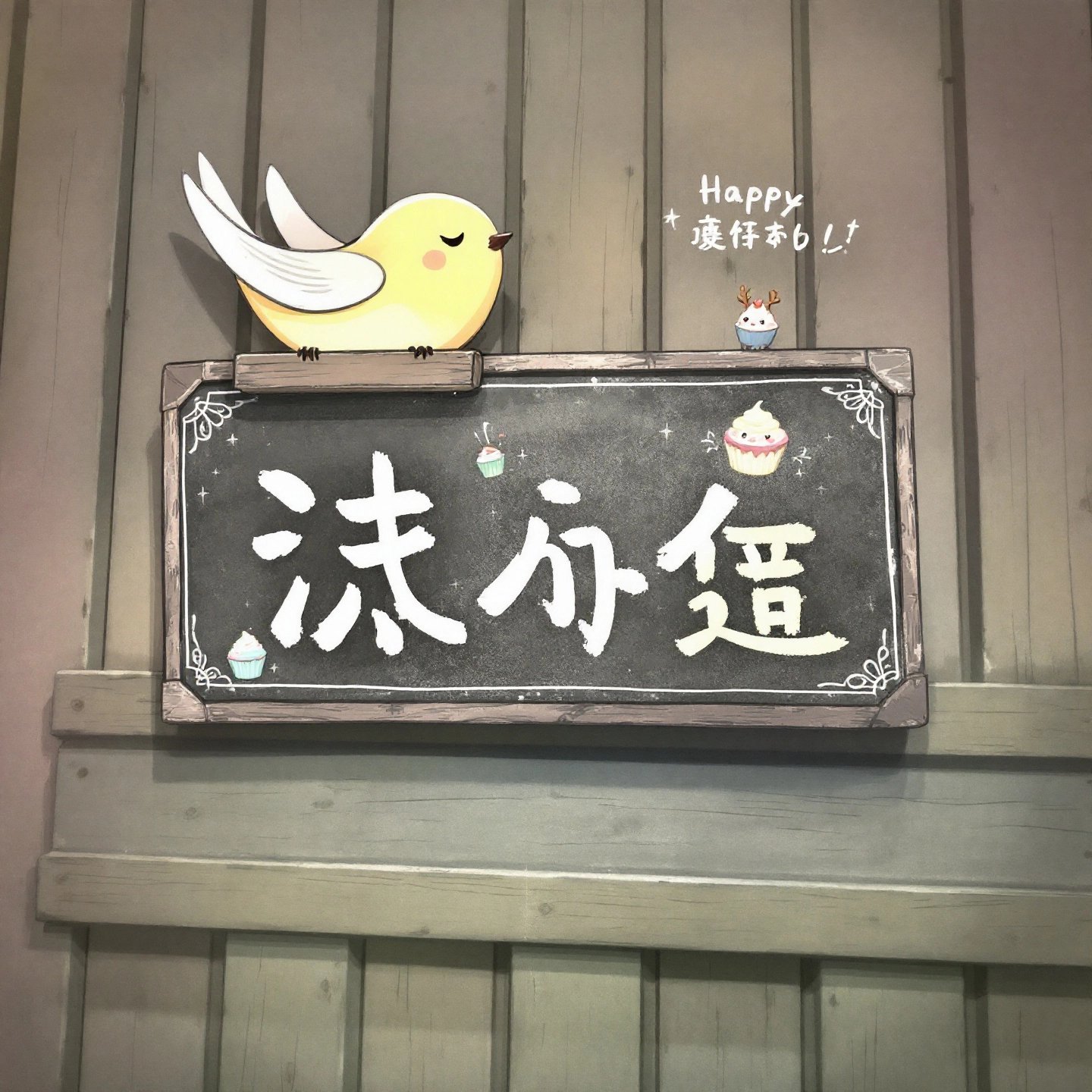
Nicknaming Traditions for Chinese Girls
Why do Chinese girls often have multiple names beyond their formal given names? Nicknames, or xiǎomíng (小名), play a vital role in family life and social bonds, blending affection with cultural symbolism. Let’s explore four enduring practices that shape these Chinese nicknames for girls.
1. Doubled Characters: Double the Love
Repeating a character from the formal name creates an endearing diminutive:
- 丽丽 (Lìli) – From 丽 (Lì), meaning "pretty"
- 芳芳 (Fāngfang) – From 芳 (Fāng), meaning "fragrant"
This practice, used in 43% of families (NamesCastle), adds rhythmic warmth while maintaining name meaning.
2. The 小 (Xiǎo) Prefix: Little Treasures
Adding "little" before a name character creates cute Chinese baby girl names:
| Nickname | Formal Name | Meaning |
|---|---|---|
| 小芳 (Xiǎo Fāng) | 芳 (Fāng) | Little Fragrant One |
| 小雨 (Xiǎo Yǔ) | 雨 (Yǔ) | Little Rain |
3. Animal-Themed Milk Names
Traditional xiǎomíng often use animals symbolizing positive traits:
- 燕子 (Yànzi) – "Swallow," representing spring and renewal
- 小鹿 (Xiǎo Lù) – "Little Deer," embodying gentleness
4. Modern Creative Nicknames
Global influences inspire playful options:
- 布丁 (Bùdīng) – "Pudding," popularized by food-themed nicknames
- 米粒 (Mǐlì) – "Grain of Rice," expressing cherished smallness
These naming traditions reveal how Chinese nicknames for girls balance cultural heritage with personal affection. As we conclude, you’ll see how these practices intertwine with modern tools to create names that honor both tradition and individuality.
Conclusion
Chinese girl names serve as living bridges between millennia of tradition and today’s globalized world. From the enduring elegance of Mei (美) to modern hybrids like Yǔtóng (雨桐), these names honor cultural roots while adapting to contemporary values. But how do parents—or anyone seeking a meaningful Chinese name—navigate this balance in practice?
Tradition Meets Technology
Tools like CNG’s AI Chinese Name Generator simplify this process by blending:
- 5,000+ character meanings from classical poetry and philosophy
- Modern trends like unisex names and nature-inspired compounds
- Personalized filters for traits, sounds, and cultural resonance
Whether you’re naming a child, creating a character, or exploring your heritage, this tool crafts names like Língyún (凌芸, Soaring Cloud) that feel both authentically Chinese and uniquely yours. It even suggests nicknames like Xiǎo Yún (Little Cloud) to mirror traditional xiǎomíng practices.
Your Name, Your Story
Every Chinese name tells a story—of family hopes, natural beauty, or personal aspirations. Ready to write yours? Explore OldWestHistory.net’s AI-powered tool to create a name that honors tradition while reflecting your individual style. In just three clicks, you’ll discover options blending timeless meanings with modern flair, ensuring your choice resonates across cultures and generations.
FAQs About Chinese Female Names
1. What is the most common Chinese girl's name?
Mei (美, meaning 'beautiful') and Li (丽, 'pretty') are perennial favorites. Modern parents also favor compound names like Yutong (雨桐, 'Rain Paulownia') that blend nature imagery with poetic flow.
2. What makes a Chinese girl name traditional?
Traditional names use characters tied to Confucian virtues (e.g., Shū 淑 for 'virtue'), natural elements (Huā 花 for 'flower'), or precious materials (Yù 玉 for 'jade'). Many incorporate generational markers from family lineages.
3. How do modern Chinese parents choose names?
78% prioritize meaningful characters according to 2024 surveys, while balancing global usability. Popular strategies include combining Western phonetics (Mǐyà 米娅 for 'Mia') with Chinese radicals and maintaining yin-yang elemental balance.
4. What are cute Chinese nicknames for girls?
Families often use doubled characters (Lìli 丽丽 from Lì 丽) or Xiǎo prefixes (Xiǎo Fāng 小芳). Modern nicknames like Bùdīng (布丁, 'Pudding') reflect global influences while maintaining cultural warmth.
5. Can Chinese names work internationally?
Names like Ài (爱, 'Love') and Míngmíng (明明, 'Bright') transition smoothly across cultures. Our AI Name Generator helps create names with both Mandarin authenticity and global pronunciation ease.
